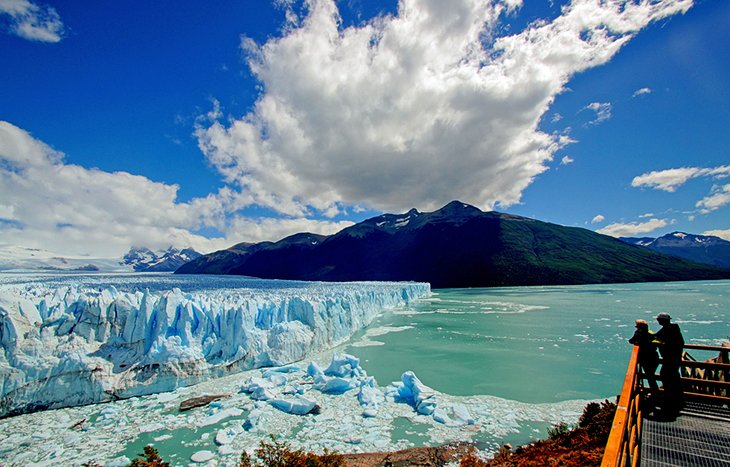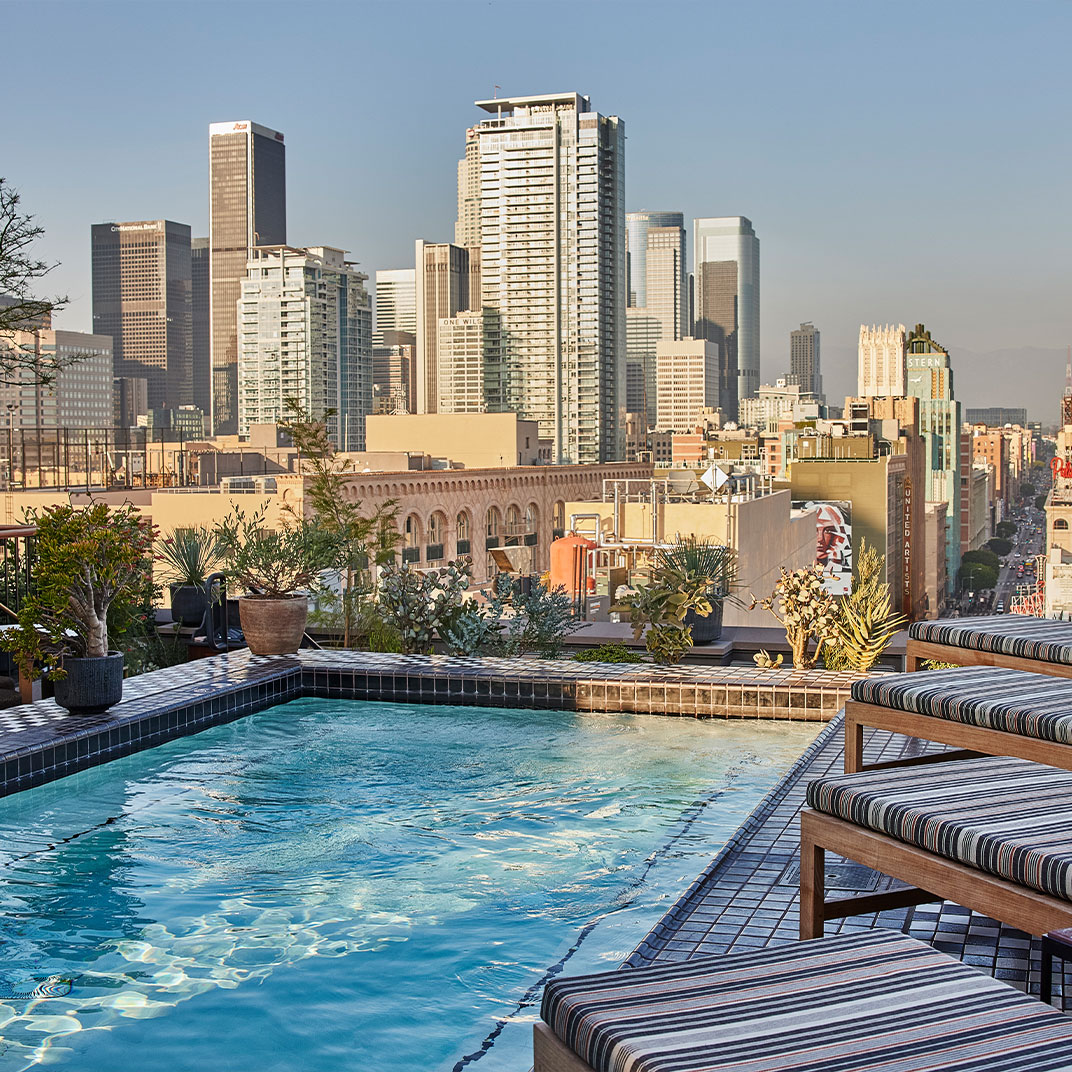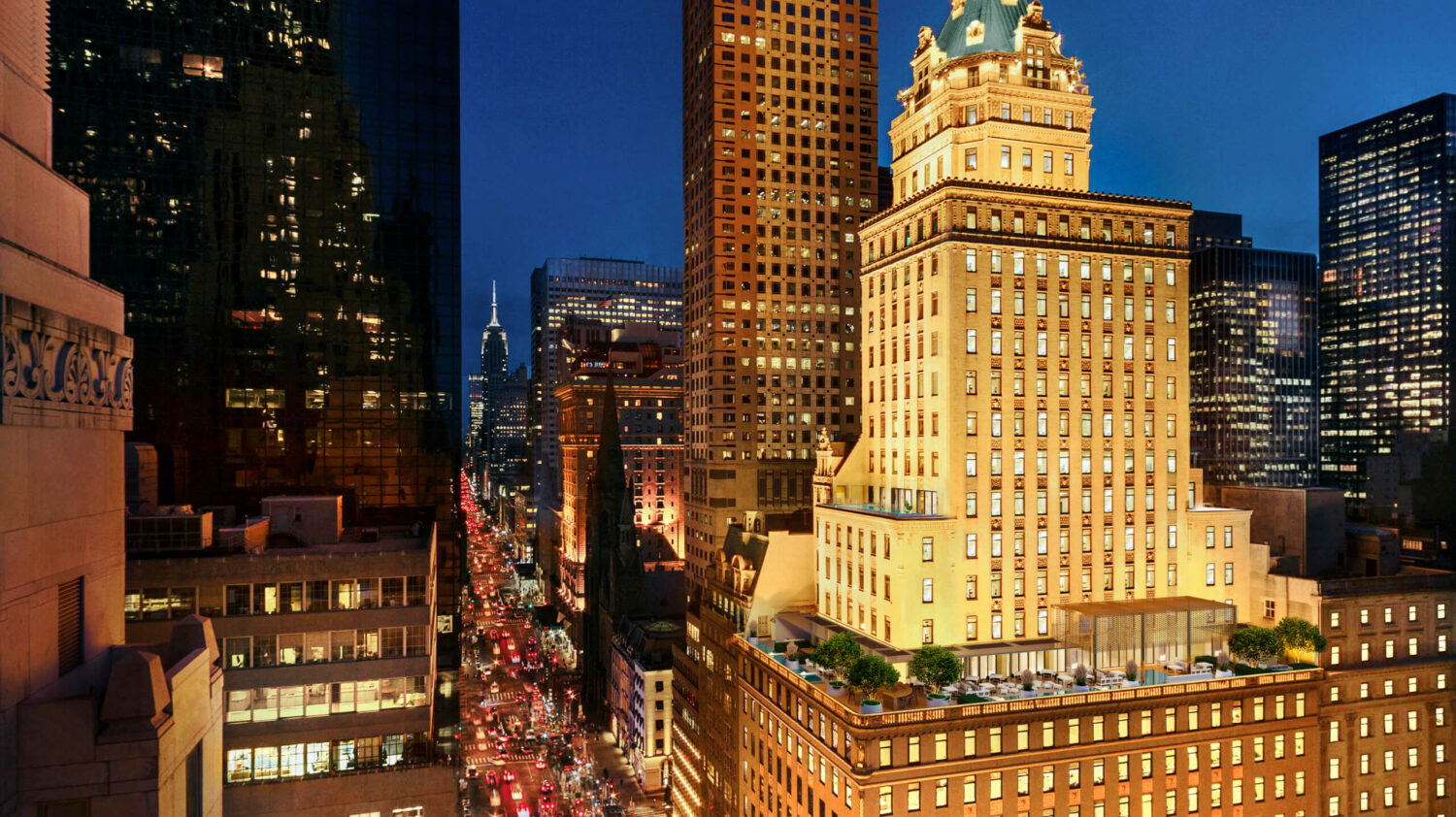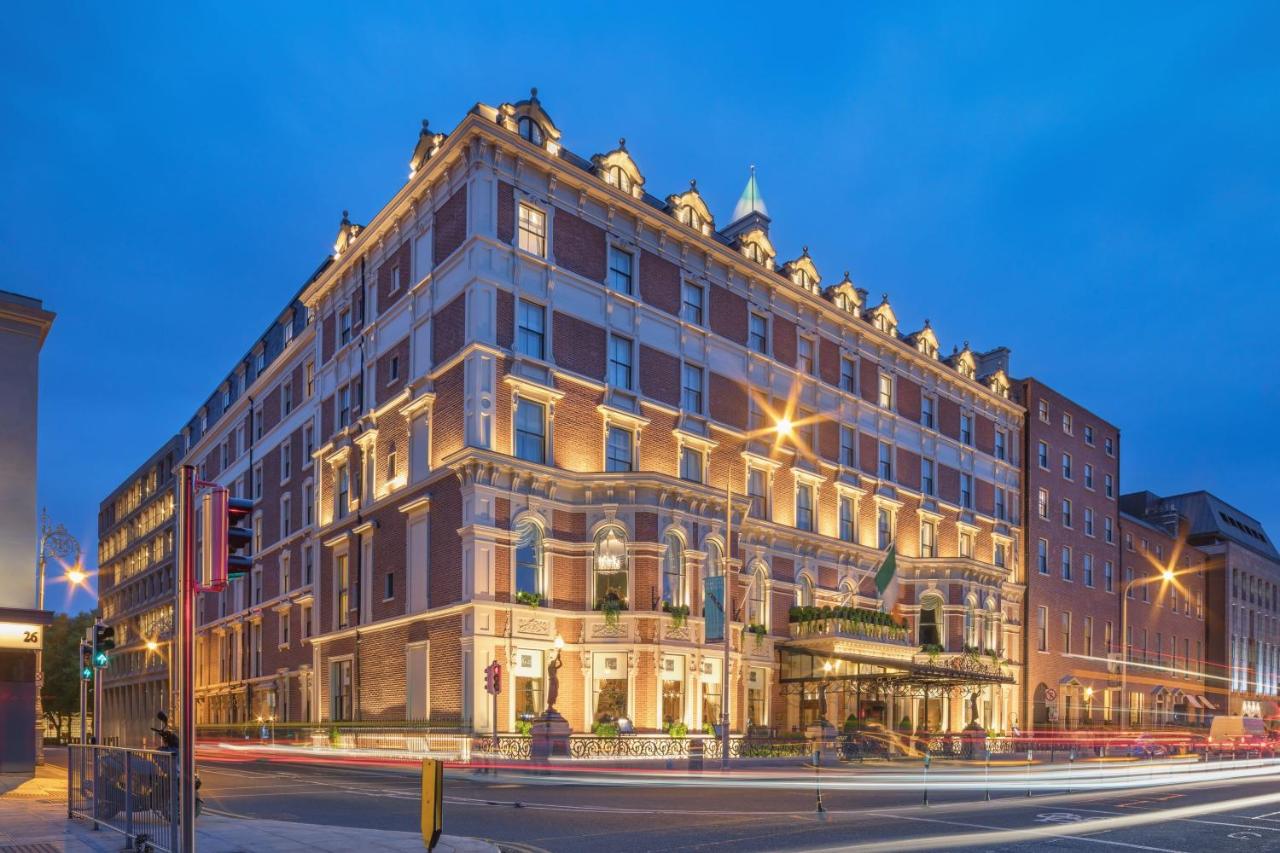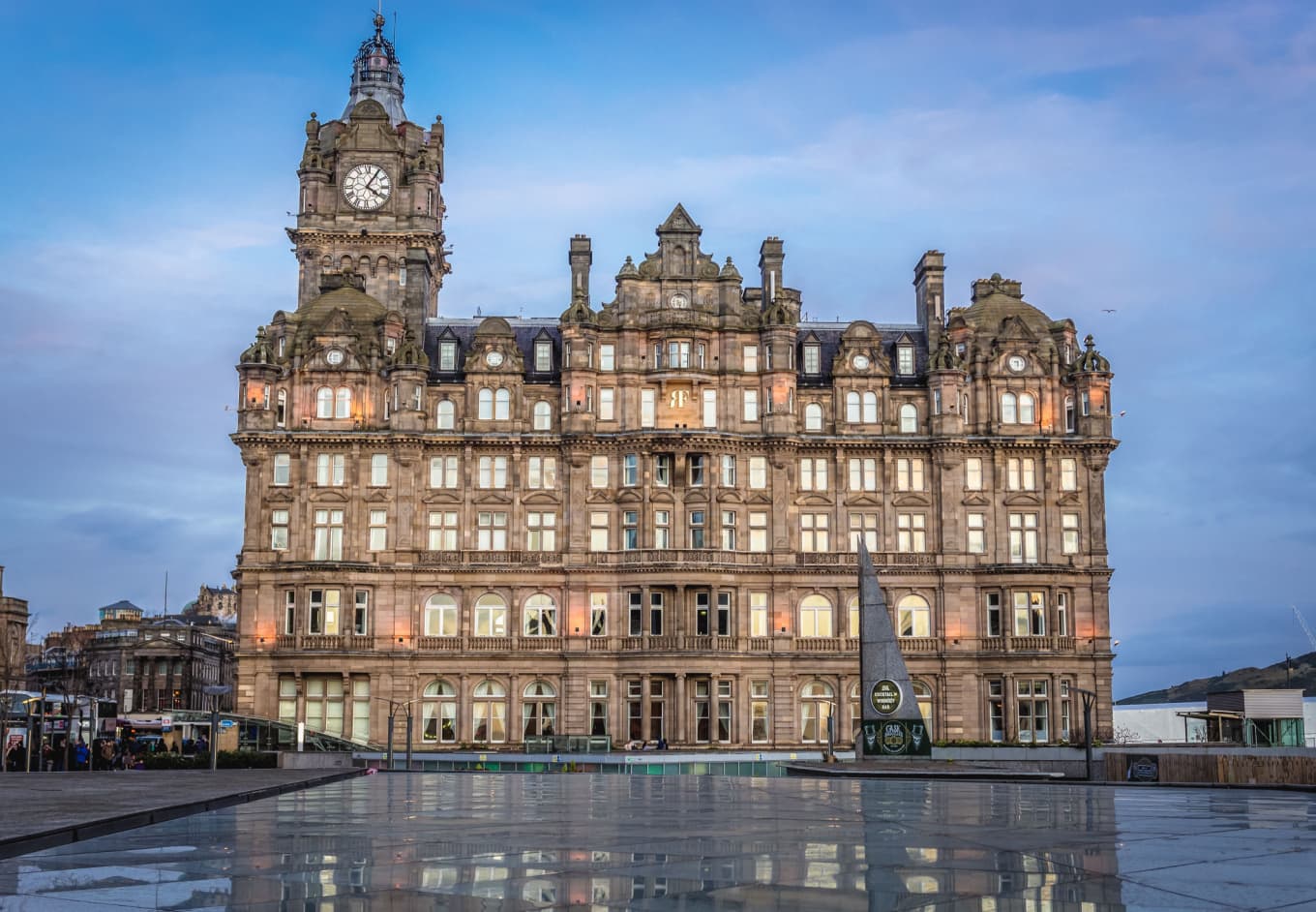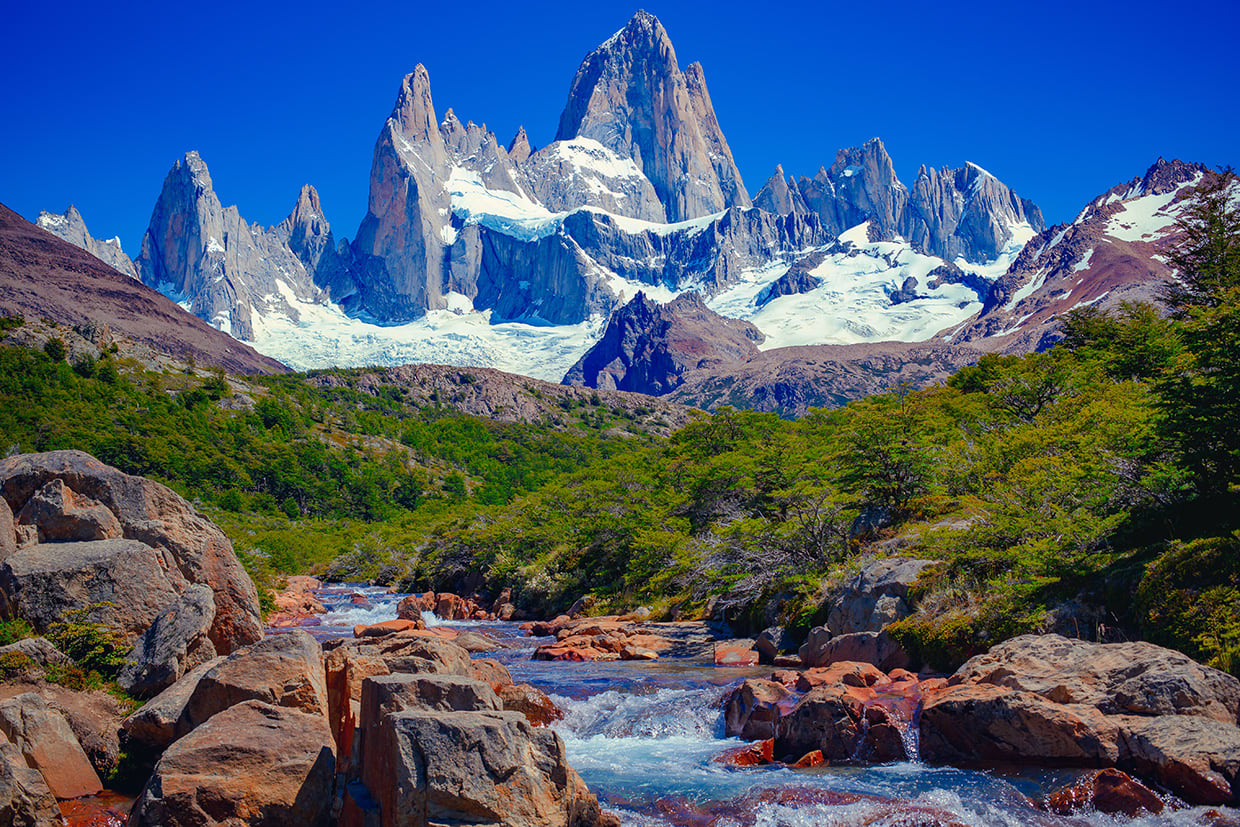
Argentina, a land of staggering contrasts, stretches from the sun-drenched beaches of the Atlantic to the towering peaks of the Andes, encompassing vibrant cities, vast plains, and a rich cultural heritage. This South American giant, steeped in history and brimming with natural splendor, offers an unforgettable journey for every traveler. From the passionate tango rhythms of Buenos Aires to the dramatic glaciers of Patagonia, Argentina promises an adventure that will ignite your senses and linger in your memory.
A Glimpse into Argentina’s Storied Past
Argentina’s history is a captivating narrative of indigenous cultures, European colonization, independence struggles, and periods of both immense growth and profound political upheaval. For millennia, the land was inhabited by diverse indigenous peoples, including the Mapuche, Guaraní, and Diaguita. The arrival of Spanish explorers in the 16th century marked a turning point, ushering in a colonial era that profoundly shaped the nation’s identity.
Related Articles about Argentina: A Tapestry of Wonders – Unveiling its Best Tourist Attractions:
- The Dragon Awakens: A Comprehensive Travel Guide to China
- Unveiling the Majesty: A Guide to the Best Tourist Attractions in the United Kingdom
- Unveiling the Treasures of Turkey: A Journey Through History, Culture, and Breathtaking Landscapes
- Indonesia: A Tapestry of Wonders – Unveiling the Best Tourist Attractions
- Vietnam: A Tapestry of History, Culture, and Adventure
Buenos Aires, founded in 1536, became the administrative center of the Viceroyalty of the Río de la Plata. The quest for independence from Spanish rule culminated in the May Revolution of 1810, leading to the declaration of independence in 1816. The 19th century saw waves of European immigration, particularly from Italy and Spain, contributing significantly to Argentina’s cultural mosaic and economic development. The 20th century was characterized by periods of democratic rule interspersed with military dictatorships, leaving a complex political legacy. Despite these challenges, Argentina has emerged as a nation with a proud cultural identity, a deep appreciation for the arts, and an unwavering spirit.
Unveiling Argentina’s Crown Jewels: Main Tourist Attractions
Argentina’s vastness translates into an astonishing array of attractions, catering to every taste and interest. Here are some of the most captivating:
1. Buenos Aires: The Paris of South America
No exploration of Argentina is complete without immersing yourself in the pulsating heart of Buenos Aires. This cosmopolitan capital is a vibrant blend of European grandeur and Latin American passion.
- La Boca: Famous for its brightly colored houses along Caminito street, La Boca is the birthplace of tango and a hub for artists and street performers. The iconic La Bombonera stadium, home to the legendary Boca Juniors football club, is a must-see for sports enthusiasts.
- Recoleta Cemetery: A breathtaking necropolis, Recoleta Cemetery is an opulent city of mausoleums, where Argentina’s most prominent figures, including Eva Perón, are laid to rest. Its intricate architecture and serene atmosphere offer a unique historical and artistic experience.
- Palermo: This sprawling neighborhood is Buenos Aires’ green lung, boasting beautiful parks like the Rosedal (Rose Garden) and the Japanese Garden. It’s also a trendy district filled with chic boutiques, bohemian cafes, and vibrant nightlife.
- San Telmo: Known for its cobblestone streets and antique shops, San Telmo comes alive on Sundays with its famous street market, a treasure trove of antiques, crafts, and street food.
- Teatro Colón: One of the world’s premier opera houses, Teatro Colón is an architectural masterpiece renowned for its acoustics and lavish performances.
- Tango Shows: Experience the soul of Argentina with an authentic tango show, a mesmerizing display of passion, skill, and emotion.
2. Iguazú Falls: Nature’s Majestic Spectacle
Straddling the border between Argentina and Brazil, Iguazú Falls is a UNESCO World Heritage site and one of the most awe-inspiring natural wonders on Earth. This colossal system of over 275 waterfalls plunges into the Iguazú River, creating a deafening roar and a spectacular mist that paints rainbows across the sky.
- Argentine Side: Offers a more immersive experience with walkways that lead you directly over and around the falls, including the dramatic Garganta del Diablo (Devil’s Throat), a U-shaped chasm that forms the most powerful cascade.
- Boat Tours: Get up close and personal with the thundering water on a thrilling boat tour that takes you to the base of the falls.
3. Patagonia: Land of Glaciers and Wild Beauty
Patagonia, a vast and sparsely populated region in southern Argentina, is a dream destination for adventurers and nature lovers. Its dramatic landscapes are shaped by towering mountains, vast ice fields, and pristine lakes.
- El Calafate & Perito Moreno Glacier: El Calafate is the gateway to the Perito Moreno Glacier, a colossal river of ice that calves with a thunderous roar, sending icebergs into the turquoise waters of Lake Argentino. Boat trips and guided treks on the glacier offer unforgettable perspectives.
- El Chaltén: Trekking Capital of Argentina: Nestled at the foot of the iconic Fitz Roy massif, El Chaltén is a paradise for hikers. Trails range from easy strolls to challenging multi-day treks, offering breathtaking views of jagged peaks and glacial lakes.
- Ushuaia: The "End of the World": The southernmost city in the world, Ushuaia is a charming port town offering access to Tierra del Fuego National Park, where you can hike through subantarctic forests and witness unique wildlife. It’s also the departure point for Antarctic expeditions.
4. Salta and the Northwest: Andean Charm and Colonial Heritage
The northwest of Argentina is a region of stark beauty, characterized by high-altitude deserts, colorful mountains, and a rich indigenous culture.
- Salta City: Known as "Salta la Linda" (Salta the Beautiful), the city boasts well-preserved colonial architecture, vibrant plazas, and a lively folk music scene.
- Humahuaca Gorge: A UNESCO World Heritage site, this spectacular canyon showcases dramatic rock formations in a kaleidoscope of colors, including the iconic Cerro de los Siete Colores (Hill of Seven Colors).
- Train to the Clouds (Tren a las Nubes): A legendary railway journey that winds its way through the Andes, offering unparalleled views of mountain landscapes, viaducts, and ancient ruins.
5. Mendoza: Wine Country Paradise
Mendoza, nestled at the eastern foothills of the Andes, is Argentina’s premier wine region, renowned for its Malbec production.
- Vineyard Tours and Tastings: Explore the picturesque vineyards, learn about the winemaking process, and indulge in wine tastings at world-class bodegas.
- Andes Adventures: Mendoza also serves as a base for exploring the Andes, offering opportunities for hiking, horseback riding, and even mountaineering.
Planning Your Argentine Adventure: Travel Tips
- Visa Requirements: Check the visa requirements for your nationality well in advance of your trip.
- Currency: The official currency is the Argentine Peso (ARS). It’s advisable to carry some US dollars as they are widely accepted and can often yield a better exchange rate.
- Language: Spanish is the official language. While English is spoken in tourist areas, learning a few basic Spanish phrases will greatly enhance your experience.
- Safety: Argentina is generally a safe country for tourists, but like any major city, Buenos Aires has areas where caution is advised, especially at night. Be aware of your surroundings and avoid displaying expensive valuables.
- Tipping: Tipping is customary in restaurants (around 10%) and for services like hotel staff and tour guides.
- Electricity: The voltage is 220V, and plugs are Type I (three flat pins in a triangular pattern).
When to Go: Best Time to Visit
Argentina’s vast size means its climate varies significantly across regions.
- Spring (September-November) and Autumn (March-May): These shoulder seasons offer pleasant temperatures and fewer crowds, making them ideal for exploring most of the country. Buenos Aires is particularly enjoyable during these months.
- Summer (December-February): This is peak season for beach destinations and the southern regions like Patagonia. Expect warm weather but also larger crowds and higher prices.
- Winter (June-August): This is the best time to visit the ski resorts in the Andes (e.g., Bariloche, Las Leñas). For Patagonia, it can be very cold with limited accessibility to some areas.
Where to Stay: Nearby Hotels
Argentina offers a wide range of accommodation options to suit every budget and preference.
- Buenos Aires: From luxury hotels in Recoleta and Palermo to boutique guesthouses in San Telmo and budget-friendly hostels, you’ll find it all. Consider areas like Palermo Hollywood for trendy hotels, Recoleta for upscale options, and San Telmo for a more bohemian vibe.
- Iguazú Falls: Hotels range from luxurious resorts with stunning waterfall views to more budget-friendly options in Puerto Iguazú.
- Patagonia (El Calafate & El Chaltén): Options include cozy lodges, comfortable hotels, and adventurous hostels. Booking in advance is highly recommended, especially during peak season.
- Salta: Colonial-style hotels, charming estancias (ranches), and modern accommodations are available.
A Culinary Journey: Local Food to Savor
Argentine cuisine is a delicious reflection of its European heritage and abundant natural resources.
- Asado: The undisputed king of Argentine cuisine, asado is a traditional barbecue featuring various cuts of beef, pork, and lamb cooked over an open flame. It’s a social event as much as a meal.
- Empanadas: Savory pastries filled with meat, chicken, cheese, or vegetables, empanadas are a versatile and delicious snack or appetizer.
- Milanesa: Breaded and fried meat cutlets, often served with fries or mashed potatoes, a popular comfort food.
- Dulce de Leche: A thick, sweet caramel spread made from condensed milk, dulche de leche is ubiquitous in Argentine desserts, pastries, and even coffee.
- Malbec Wine: Argentina’s signature red wine, Malbec, is rich, fruity, and pairs perfectly with the country’s beef dishes.
- Locro: A hearty stew made with corn, beans, and various meats, traditionally eaten on national holidays.
- Mate: A traditional herbal infusion, mate is a social drink shared among friends and family.
Navigating Argentina: Transportation Options
Argentina’s vastness necessitates efficient transportation networks.
- Air Travel: For long distances, domestic flights are the most convenient option. Aerolíneas Argentinas and other smaller airlines connect major cities.
- Buses: Argentina has an extensive and comfortable long-distance bus network, offering a more economical way to travel between cities. Services range from standard to luxurious "cama" (sleeper) seats.
- Trains: While the railway network is not as extensive as it once was, some scenic routes still operate, such as the Train to the Clouds.
- Rental Cars: Renting a car is a good option for exploring specific regions at your own pace, particularly in areas like Mendoza or parts of Patagonia.
- Taxis and Ride-Sharing: Readily available in major cities, taxis and ride-sharing apps like Uber are convenient for getting around within urban areas.
Argentina is a country that truly has it all – from the vibrant energy of its cities to the raw, untamed beauty of its natural landscapes. Its rich history and passionate culture will captivate you, while its delicious cuisine and warm hospitality will make you feel right at home. Embark on a journey to Argentina, and prepare to be enchanted by its unforgettable tapestry of wonders.
